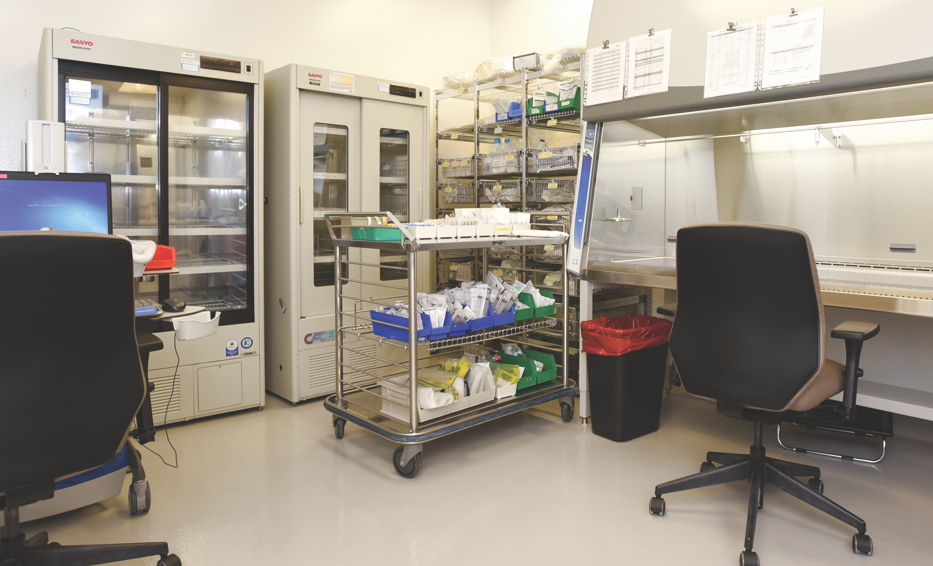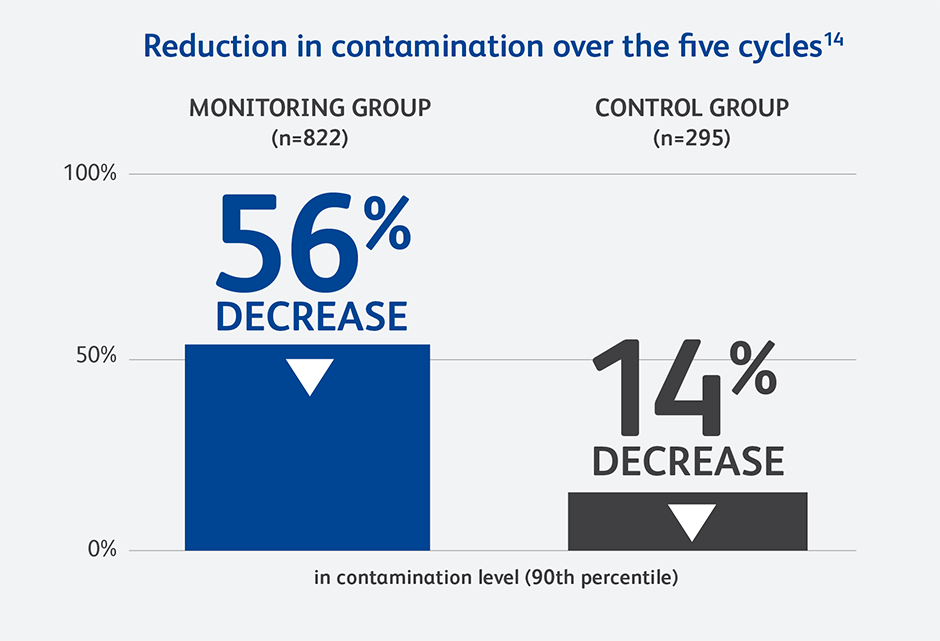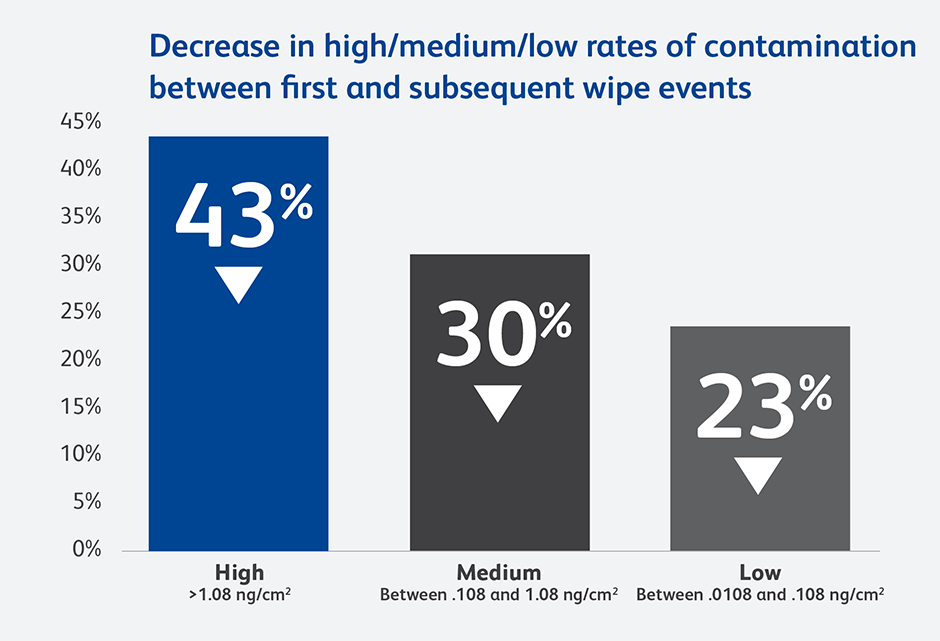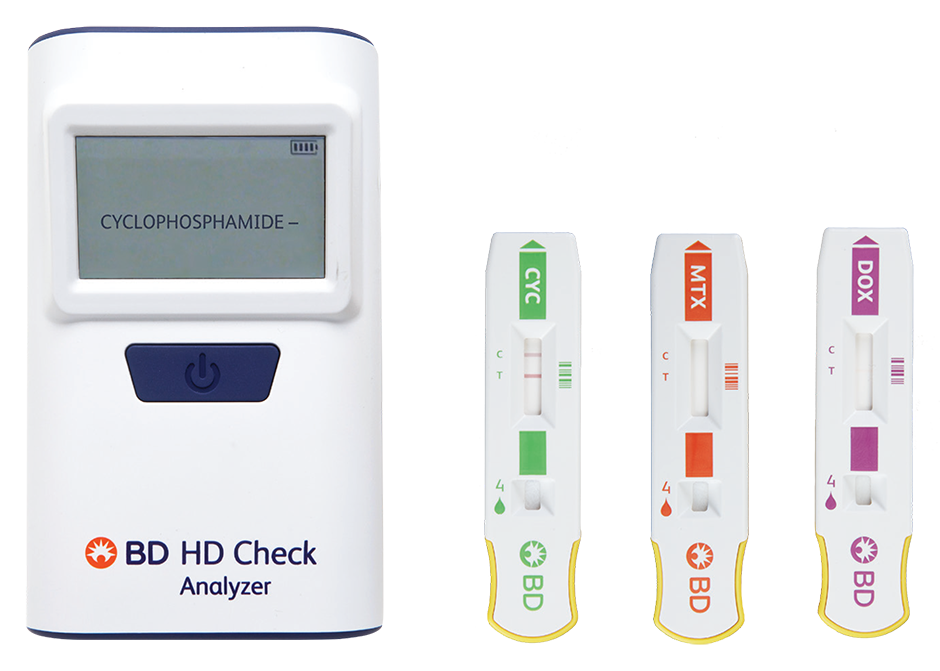Providing life-saving treatments can put your staff at risk
Over 52% of these workers are pharmacy staff—pharmacists, technicians and assistants.1
Nurses, physician specialists and cleaning workers are also at risk of exposure.1
The risks to their health are real and significant.
Detrimental effect on DNA
Pharmacists and nurses who handle antineoplastic drugs show a 2.5-fold increase in total chromosomal aberrations (CAs), with up to a 5-fold increase in certain CA types2,3
Increased rates of cancer
This includes relative risk of leukemia increases for oncology nurses,4 a 2.8-times increase in non-melanoma skin cancer and a 3.7-times increase in non-Hodgkin’s lymphoma in pharmacy techs5
Damage to internal organs
Three consecutive head nurses handling cytostatic agents over time had liver damage6
Reproductive issues
Double the risk of miscarriage among staff handling antineoplastic drugs, along with an increase in risk of malformations in offspring7,8







